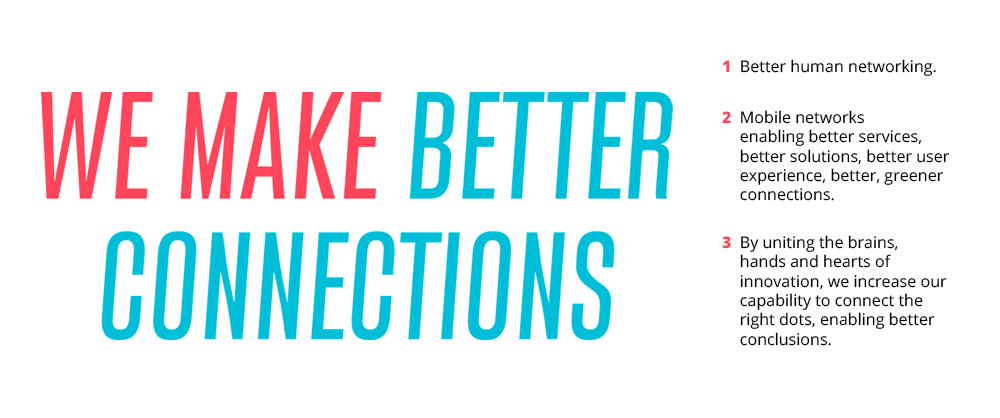Frankfurt, Germany: Today, the Next Generation Mobile Networks (NGMN) Alliance publishes its first 6G White Paper focusing on the 6G Drivers and Vision. As a global organisation representing the entire value chain, NGMN is set to take the lead in providing impactful guidance for global 6G activities to respond to the needs of end users, societies, mobile network operators and the ecosystem as a whole.
In this White Paper, the NGMN Mobile Network Operators (MNOs) identify the key drivers for 6G and outline their vision for 6G and the future transition of networks enabling differentiated services with expanded market opportunities and novel experience. Furthermore, the paper outlines the key challenges to be considered in a journey towards 6G, and emphasizes the need for a healthy and unified global ecosystem and standards.
NGMN believes that the continuing evolution of the mobile industry, and the underlying technologies, must be guided by the imperative to safeguard the three fundamental needs facing the society at large, and the telecoms industry in specific, namely:
• Societal Goals: Future technologies should contribute further to the success of a number of United Nations Sustainable Development Goals (SDG) such as: environmental sustainability, efficient delivery of health care, reduction in poverty and inequality, improvements in public safety and privacy, support for ageing populations, and managing expanding urbanization.
• Operational Necessities: There is a strong need to make the planning, deployment, operations, management, and performance of the mobile operators’ networks more efficient.
• Market Expectations: Customer requirements need to be satisfied by offering new services and capabilities, supported by evolving technologies in a cost-effective manner.
A differentiated technology evolution is required. Any new technological development should be assessed with respect to its differentiation from 5G, and any improvements should be benchmarked, including pragmatic deployment scenarios, with the law of diminishing returns in mind.
As operators are continuously engaging with end users, including vertical industries, they are in an excellent position to understand their future needs. To address the mentioned next generation drivers in a holistic way, it is also important to further engage with user groups representing societal needs.
The NGMN Board strongly recommends that the above described drivers are prioritised in the global research, design and development of the next generation of standards and technologies.
Anita Doehler, CEO NGMN, says: “6G is one of our key strategic topics. With our future vision of 6G and the related NGMN Work Programme, we are committed to setting the global footprint and providing impactful guidance to the industry in developing 6G. We enable a unique collaboration among the NGMN Partnership including operators, vendors and research organisations and external stakeholders. Going forward, the entire NGMN Alliance will work on use cases and end-to-end requirements. We invite interested industry players to join our endeavor for the benefit of the global ecosystem.”
NGMN has a track record in substantially impacting 4G and 5G development, and is best positioned to provide relevant and timely guidance to the whole ecosystem throughout the 6G development cycle.
The White Paper 6G Drivers and Vision is the first of a series of deliverables that NGMN will publish within the next years. NGMN will build upon the high-level guidance provided in this White Paper and engage further in greater details and specifics.



